24 May 2011
Three other interesting gravestones
Posted by Callan Bentley
While exploring the Rock Creek Cemetery last week, I noticed a couple of other interesting graves. This one, made of limestone, shows nice “reverse” cross-bedding:
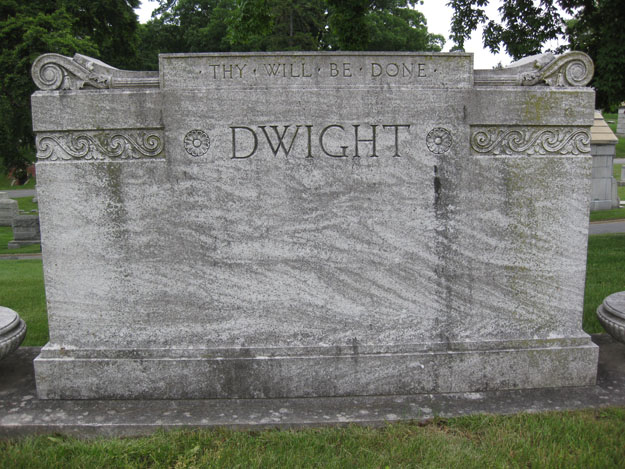
Here; I dialed up the contrast a bit to highlight these cool primary structures:
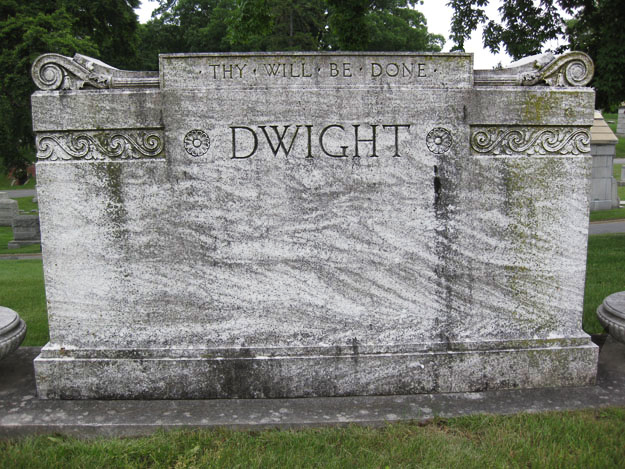
It’s “reverse” because the tilting direction of the cross-beds switches from left (at the bottom) to right (for the bulk of the section). Ergo, the current started off flowing towards the left, and then it switched and flowed towards the right. No distinct cross-beds can be seen in the upper third of this face of the stone, so maybe the current was flowing towards or away from our perspective when those grains were laid down. Also, it’s worth noting from the concave-up position of the curved cross-beds that the limestone strata in this grave are in fact right-side-up.
Another gravestone appears to be made of Morton gneiss, and shows a nice “normal” / left-lateral shear band on the right side.
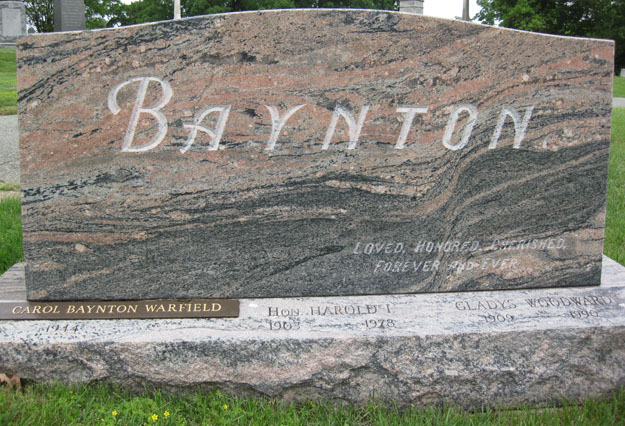
The other side of the stone shows the same shear band, now at lower left, and with the opposite sense of shear from this new perspective. There’s another subparallel shear band in the upper right, with the same sense of kinematics:
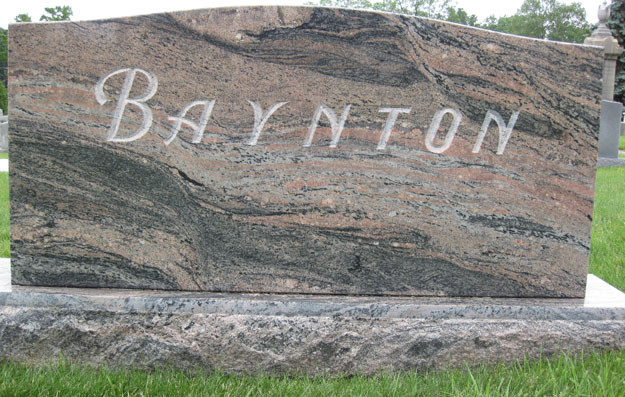
Beautiful, yes? I could be jazzed about having this rock above my final resting place. It’s interesting. It’s seen some action. It’s got flow and strain, two of life’s big themes that aren’t captured by the relative sterility of a granite or marble slab. The Bayntons chose well, in my opinion.
This last one… well I guess I could let it speak for itself. It’s not geological, just… interesting:
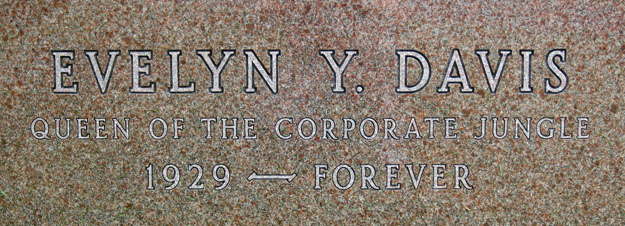
A short distance away, a plaque proudly listed Ms. Davis‘ four divorces and other key biographical events. This lady appeared to have a tough-as-nails attitude, and a self-deprecating sense of humor. Very cool.
All of this got me thinking about what sort of marker I would want for my final resting place. Any thoughts?


 Callan Bentley is Associate Professor of Geology at Piedmont Virginia Community College in Charlottesville, Virginia. He is a Fellow of the Geological Society of America. For his work on this blog, the National Association of Geoscience Teachers recognized him with the James Shea Award. He has also won the Outstanding Faculty Award from the State Council on Higher Education in Virginia, and the Biggs Award for Excellence in Geoscience Teaching from the Geoscience Education Division of the Geological Society of America. In previous years, Callan served as a contributing editor at EARTH magazine, President of the Geological Society of Washington and President the Geo2YC division of NAGT.
Callan Bentley is Associate Professor of Geology at Piedmont Virginia Community College in Charlottesville, Virginia. He is a Fellow of the Geological Society of America. For his work on this blog, the National Association of Geoscience Teachers recognized him with the James Shea Award. He has also won the Outstanding Faculty Award from the State Council on Higher Education in Virginia, and the Biggs Award for Excellence in Geoscience Teaching from the Geoscience Education Division of the Geological Society of America. In previous years, Callan served as a contributing editor at EARTH magazine, President of the Geological Society of Washington and President the Geo2YC division of NAGT.
The geologically coolest final resting place is a bit involved.
1) get cremated
2) have your ashes spread on one of the many SE Alaskan ice fields
3) wait a geologic moment for the ice field to carry you to its braided outwash stream
4) after some, indeterminate, amount of time you will be swept out to sea and deposited on the sea floor
But wait, there’s more!
5) seeing as how at least a small part of you is sitting in an oceanic trench, you decide that its in your best interest to be subducted under the North American plate
6) after going where no geologist has been before (the mantle!) you decide that you better tell everyone what its like down there. You get erupted out of a volcano and start the cycle over again.
This is a much better scenario than being stuck with a lame soil horizon to ponder for way too long.
Evelyn sounds like quite a character…
http://www.people.com/people/archive/article/0,,20141327,00.html
I don’t really care too much what will be on my gravestone since I’ll be gone. Serpentine would be pretty…
Alfred Russel Wallace’s grave is a 4 ft fossilised tree – very cool if slightly suggestive.
http://en.wikipedia.org/wiki/File:Restored_grave_of_AR_Wallace.jpg
I live in an area of glacial kames, the locals have been using carved glacial erratics for about two hundred years to mark peoples’ graves. I have run across stones that weighed in the 10 ton range. They haul them from the quarry with a tow truck and carve them on site, these days.
[…] a lot longer than, say, a marble tombstone. I still think I’d rather opt for a rock bearing tectonic structures or primary structures in the marker for my own final resting place, but a distinctive mineral specimen might not be a bad […]